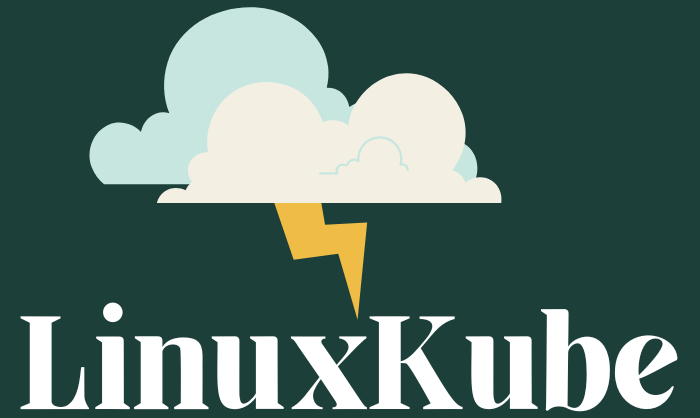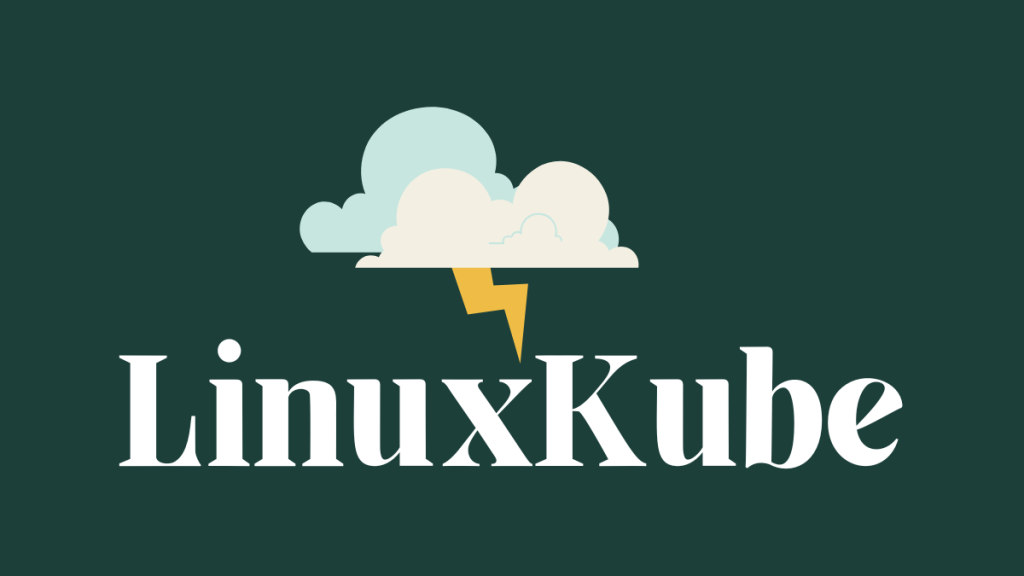The Linux community is always evolving, and 2025 promises to bring some of the most transformative updates in recent years. From advancements in kernel technology to the growing prominence of containers and cloud-native applications, the landscape of Linux is shifting in exciting directions. Let’s dive into some of the key developments expected to impact Linux in 2025 and beyond.
1. Linux Kernel 6.x and Beyond
As we look towards 2025, one of the most anticipated updates is the continued development of the Linux kernel, with version 6.x leading the charge. Major improvements are expected in areas like:
- Better Hardware Support: The Linux kernel is always advancing to better support newer hardware, including ARM, AMD, Intel, and RISC-V architectures. Expect further optimization for high-performance devices like GPUs and specialized hardware.
- Improved Filesystems: Kernel 6.x will likely bring further advancements in filesystems, particularly Btrfs and ext4. These updates are crucial for improving the efficiency, scalability, and durability of storage systems.
- Security Enhancements: Linux’s security model continues to improve with each release. Expect expanded support for hardware-backed security features, as well as improved sandboxing and isolation mechanisms for applications.
2. Containerization and Cloud-Native Linux
Containers, orchestrated by Kubernetes, have already become a cornerstone of modern software development and deployment. As Kubernetes continues to grow in popularity, Linux will play a pivotal role in containerization, enabling the deployment of cloud-native applications in a reliable and secure manner.
- Containers as a First-Class Citizen: Linux is the backbone of the container ecosystem. With the rise of Linux distributions optimized for container workloads (like Fedora CoreOS and Ubuntu Core), expect an even stronger focus on simplifying container deployment and management at scale.
- Security and Efficiency: With containerized applications running on Linux systems, further improvements in security protocols, such as SELinux and AppArmor, are anticipated. Linux will continue to refine its resource management tools, enabling containers to be more efficient and secure in both development and production environments.
3. The Rise of AI and Machine Learning on Linux
2025 could mark a turning point in how artificial intelligence (AI) and machine learning (ML) applications interact with Linux systems. As demand for AI workloads grows, Linux is increasingly becoming the go-to OS for running machine learning models and AI applications, thanks to its flexibility and powerful computational libraries.
- AI-Optimized Distributions: In 2025, we can expect more distributions that cater specifically to AI and ML developers. These will come pre-configured with the necessary tools, drivers, and libraries to support modern AI frameworks like TensorFlow, PyTorch, and more.
- Hardware Acceleration: With the rapid development of AI hardware such as GPUs, TPUs, and FPGAs, Linux will continue to integrate better hardware acceleration capabilities to speed up training and inference for AI models.
4. The Growth of Linux on Edge Devices and IoT
The rise of the Internet of Things (IoT) and edge computing presents a significant opportunity for Linux in 2025. With Linux’s lightweight nature and customizable features, it’s becoming the OS of choice for many IoT and edge devices.
- Edge Computing with Linux: As businesses move to the edge, Linux will play a crucial role in managing decentralized, edge-based workloads. Expect more focus on efficient resource management and real-time capabilities for edge computing devices powered by Linux.
- IoT-Friendly Linux: Specialized distributions like Ubuntu Core, Raspberry Pi OS, and Yocto Project will continue to dominate in the IoT space, providing simple yet powerful ways to deploy Linux on IoT devices. Security and power efficiency will be top priorities for these devices.
5. Wayland as the Future of Linux Desktop
For years, Wayland has been touted as the successor to the X Window System. By 2025, it’s likely that Wayland will be the default display server for most Linux desktop environments.
- Mainstream Adoption: More distributions, including Ubuntu and Fedora, are expected to fully transition to Wayland. With this shift, users can expect enhanced graphical performance, better security, and a more modern architecture for Linux desktops.
- Compatibility with Applications: As Wayland matures, it will continue to improve compatibility with a broader range of applications, including legacy ones that were traditionally built for X. The Linux community is actively working on solving these compatibility issues, bringing Wayland closer to being a universal solution for Linux desktops.
6. Linux and the Future of Quantum Computing
Quantum computing is on the horizon, and Linux is positioning itself as the OS that will support the development of quantum software. As quantum hardware becomes more accessible, Linux’s open-source nature makes it the perfect environment for experimenting with quantum algorithms.
- Quantum Computing Support: In 2025, expect to see more tools and frameworks integrated into Linux that will help developers write and test quantum algorithms. Linux will continue to be the dominant platform for quantum computing research and development.
7. Increased Focus on Linux in Education and Training
Linux is already a staple in the tech industry, but its influence is spreading further into education and training. With its free and open-source nature, Linux offers a wealth of opportunities for learners and professionals alike to acquire valuable skills.
- Training Platforms: In 2025, expect an increase in training platforms, certifications, and courses focusing on Linux, especially in fields like system administration, DevOps, cloud computing, and security. This will make it easier for individuals to enter the tech workforce equipped with essential Linux skills.
- Open-Source Education Initiatives: More universities and educational institutions are expected to embrace Linux as a primary teaching tool. The push toward open-source education will continue to grow, with Linux as the foundation for many computer science programs worldwide.



